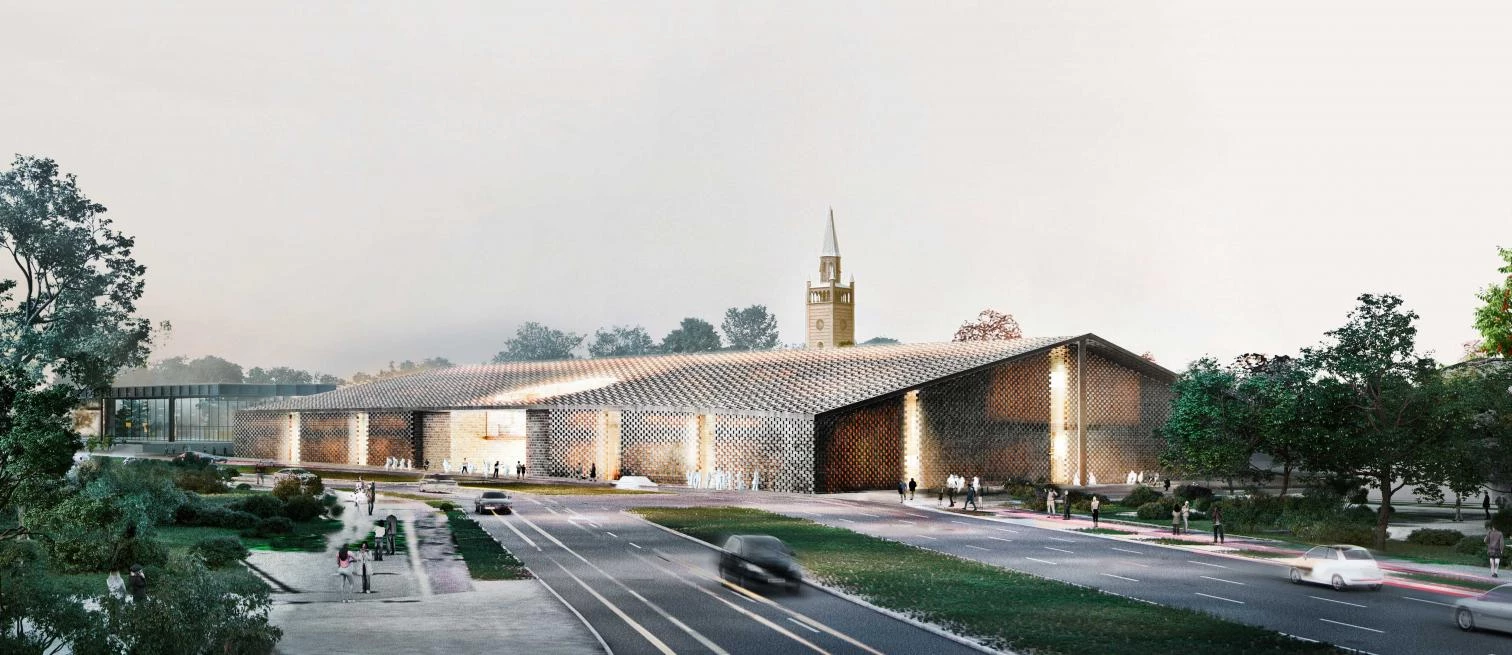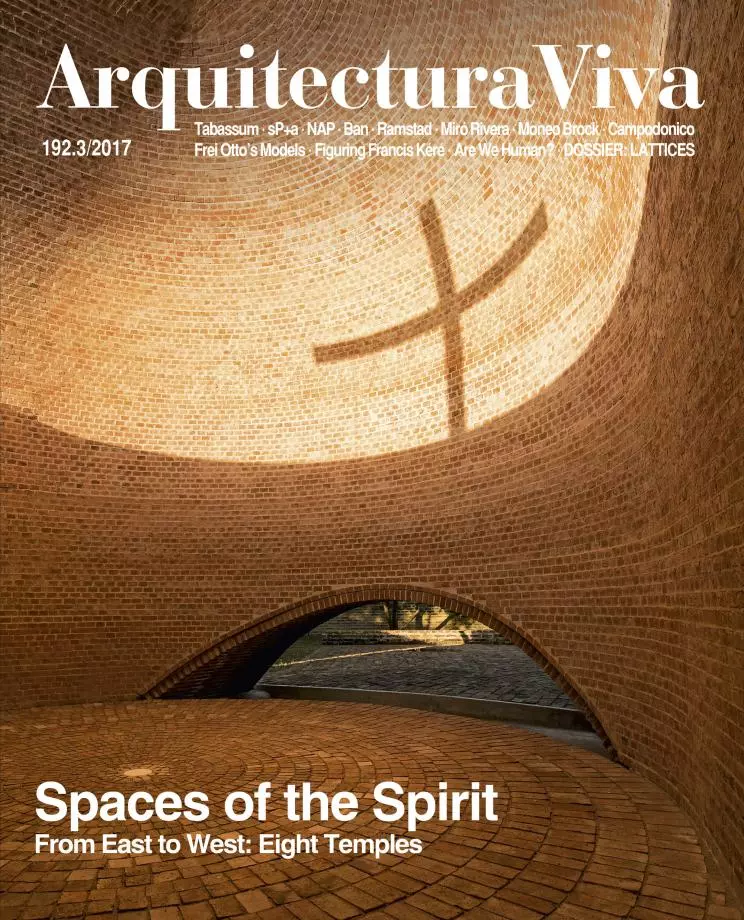
2016 has been an annus mirabilis for Jacques Herzog and Pierre de Meuron. The completion, in succession, of the Elbphilharmonie in Hamburg, the Tate Modern extension in London, and phase one of the Feltrinelli Foundation in Milan has been followed by the competition for the Museum of the 20th Century in Berlin, won by the Basel partners in conjunction with Vogt Landschaftarchitekten. The Swiss were selected out of forty teams, carrying the day, in the final phase, over Lundgaard & Tranberg Arkitekter with Schonherr (second prize), Bruno Fioretti Marquez Architekten with Capatti Satubach (third prize), and firms like OMA, SANAA, Staab Architekten, and Aires Mateus. All submitted designs in collaboration with landscape architects.
This is one of the best commissions that an architect in Europe could possibly land, not only because of its program (a large collection of artworks of the second half of the 20th century), its size (a total floor area of 25,000 square meters), and its budget (more than 200 million euros), but also on account of its location within Berlin’s Kulturforum, close to Potsdamer Platz and not far from Hans Scharoun’s Berliner Philharmonie. But Herzog & de Meuron’s building has to face a big challenge: to be the extension of the current site of the Museum of the 20th Century’s current site, the Neue Nationalgalerie of Mies van der Rohe, an icon of modernity which is being restored by the British David Chipperfield, with which the new museum will connect via an underground tunnel in the year 2027, when the transformer station currently occupying the site can be relocated.
Parallelisms are inevitable. While the Nationalgalerie is a Doric temple of sorts, powerful and elemental, H&deM’s museum recalls a silo, a train station, or a huge hut with a skin of brick openwork, and it is also a powerful and elemental building in whose typological indefinition the authors see the variety and participation that is so characteristic of the contemporary world.





